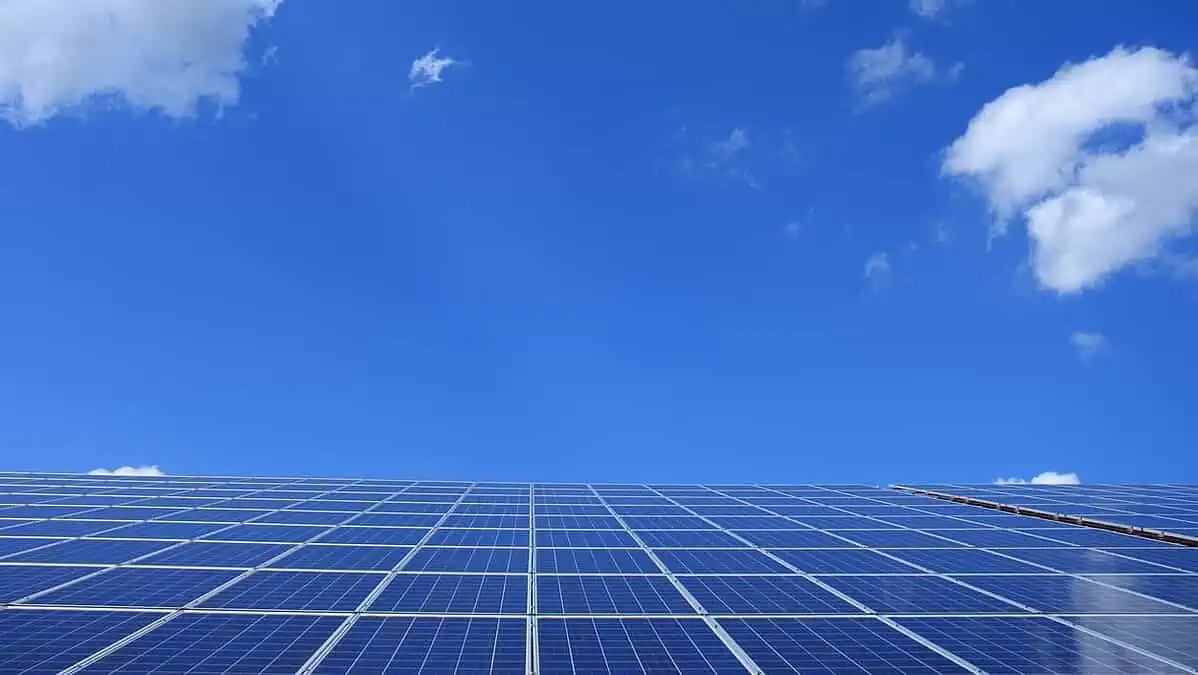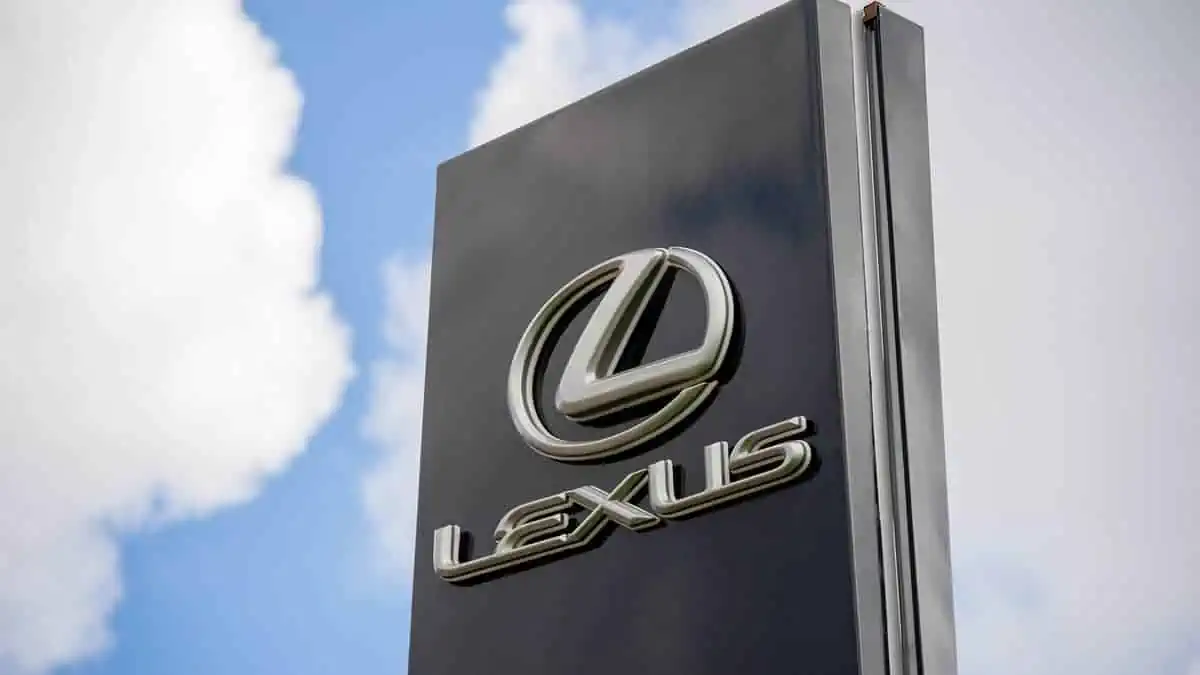US‘ largest solar panel maker, First Solar, proudly announced the inauguration of its new 3.3 GW factory in India on Thursday, with the aid of Tamil Nadu’s Minister for Industries, Promotions and Commerce Dr T R B Rajaa.
The press release outlined that numerous significant personalities attended the groundbreaking ceremony, including the United States Ambassador Eric Garcetti and US International Development Finance Corporation CEO Scott Nathan.
“We are pleased that First Solar chose Tamil Nadu for this landmark investment, solidifying our state’s position as India’s hub for manufacturing. This factory sets a high bar for sustainability and advanced manufacturing and has created high-value jobs as a result of its presence in our state, all while supporting India’s ambition to become self-sufficient in solar technology.”
Dr T R B Rajaa, Tamil Nadu’s Minister for Industries, Promotions and Commerce
Indian factory
First Solar’s new facility marks India’s first-ever fully vertically integrated solar factory located in the south Indian state of Tamil Nadu.
The new solar factory boasts 3.3 gigawatts (GW) of annual name capacity to manufacture the Series 7 solar panels. First Solar designed and optimized these new solar panels at its existing R&D hubs in the US for the Indian market.
The project is expected to generate about 1,000 workers. Interestingly, it is apparently home to the country’s inaugural solar panel recycling plant. In addition, reports suggest that it is the first solar factory in the world with net-zero water withdrawal.
“The inauguration of this landmark manufacturing facility and the launch of commercial shipments to customers in India is a crucial milestone in our journey to long-term and sustainable growth. The speed with which we were able to build and commission this facility is a testament to the policies of India’s Federal and the Tamil Nadu state governments.”
Mark Widmar, First Solar CEO
What’s special about First Solar’s PV modules?
First Solar’s Series 7 module is currently the most eco-efficient in the industry owing to its lower carbon and water footprint.
According to the report, its carbon and water footprint is fourfold lower than China-made crystalline silicon solar panels.
In addition, its thin-film PV modules undergo a continuous production process without relying on Chinese crystalline silicon supply chains.
First Solar indicated that each module features a cadmium telluride semiconductor layer, which originated from copper and zinc mining byproducts. It enables the company to reduce production costs and increase scalability and theoretical efficiency limits.
The US International Development Finance Corporation (DFC) allocated $500 million of the $700 million in funding for First Solar’s factory development in India, emphasizing the country’s solid partnership with India.
“The United States is leveraging American innovation and technology to diversify critical energy supply chains around the world and drive economic growth in India. That’s good for the United States, and it’s good for India.
This $500 million in financing reflects the increasing strength of our partnership with India – DFC’s largest market and a like-minded partner with a dynamic private sector.”
DFC CEO Scott Nathan
Expansion efforts
The new solar factory in Tamil Nadu will emerge as First Solar’s sixth active factory, expanding its global presence to the US, Malaysia, Vietnam, and the latest addition, India.
The Tempe, Arizona-based solar panel maker launched a $4.1 billion production expansion strategy in 2020. It enabled its growth from just about 6 GW operational in 2020 to more than 16 GW global nameplate output at the end of 2023.
It officially commissioned its third solar factory in Ohio last year. It plans to further solidify its presence in the US by expanding its Ohio production complex by 0.9 GW and building new factories in Alabama and Louisiana. These new factories can each offer an additional 3.5 GW of annual nameplate capacity when operational.
By 2026, First Solar aims to reach 25 GW of annual global nameplate capacity. As of today, the company is among the ten biggest solar manufacturers in the world.






